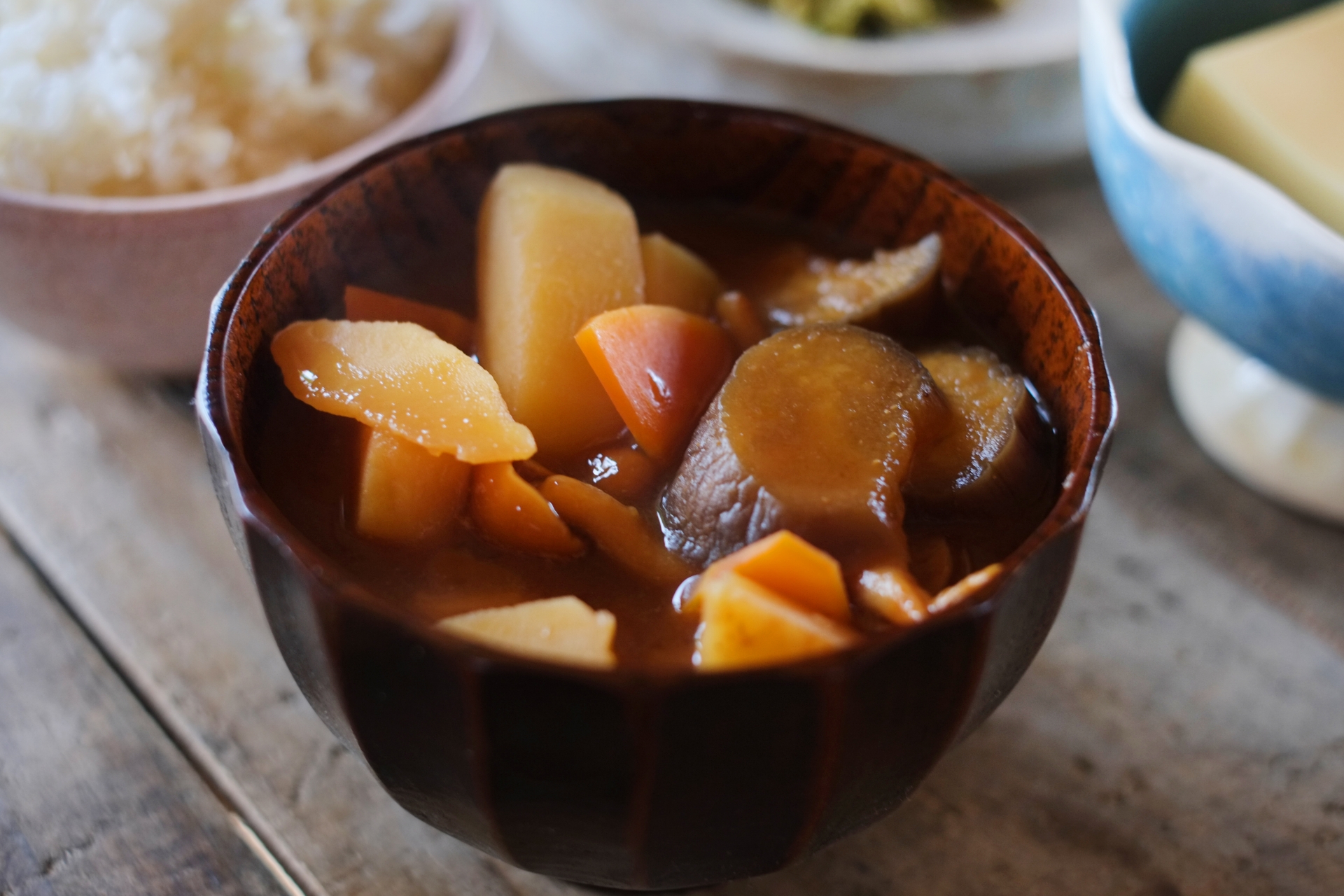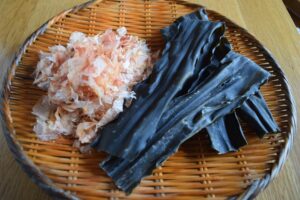Miso soup is a cornerstone of Japanese cuisine, loved for its umami-rich flavor and health benefits. Whether you’re aiming to recreate an authentic Japanese version or tailor it to your dietary preferences, understanding the core ingredients and how to build a flavorful bowl is key. This guide covers traditional elements, vegan substitutions, kid-friendly options, and grocery-store-friendly suggestions for home cooks in the U.S.
What Are the Core Ingredients of Miso Soup?
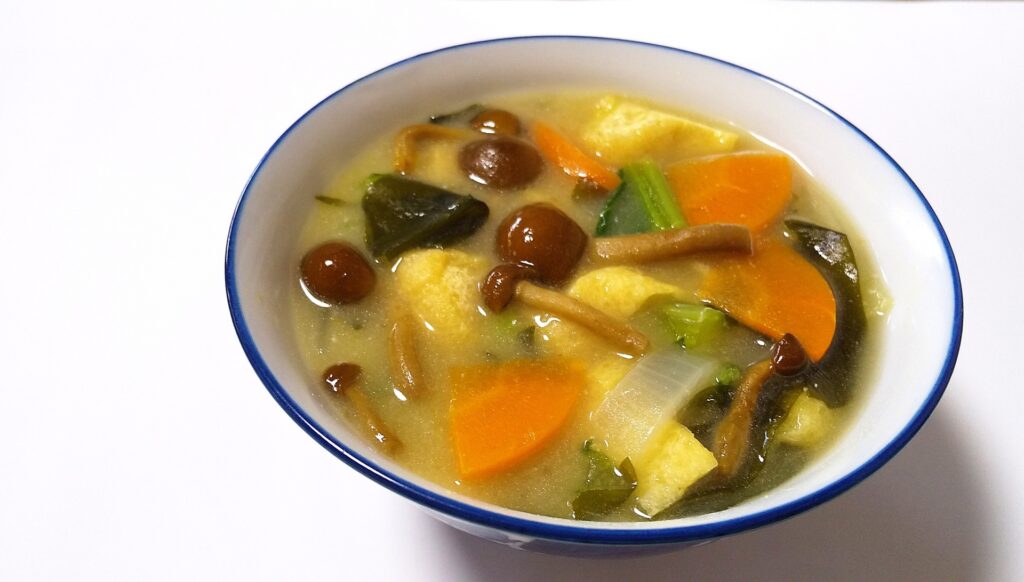
At its heart, miso soup is a delicate balance of umami-rich broth and nutrient-packed add-ins. Understanding the foundational components is the first step to creating your own flavorful version at home. Miso soup is typically made from three main components: dashi (soup stock), miso paste, and customizable toppings such as tofu, seaweed, and green onions.
| Core Component | Purpose in Soup | Common Varieties or Forms |
| Dashi (Soup Stock) | Provides the umami base | Traditional: kombu + katsuobushi; Vegan: kombu + shiitake |
| Miso Paste | Adds saltiness and depth | White, yellow, or red miso |
| Toppings | Texture and nutrition | Tofu, wakame (seaweed), scallions |
Dashi is the soul of the soup—subtle yet full of character. It sets the stage for the miso paste, which contributes saltiness and fermented depth. Finally, toppings make the dish satisfying and customizable, varying from simple tofu to creative veggie combinations.
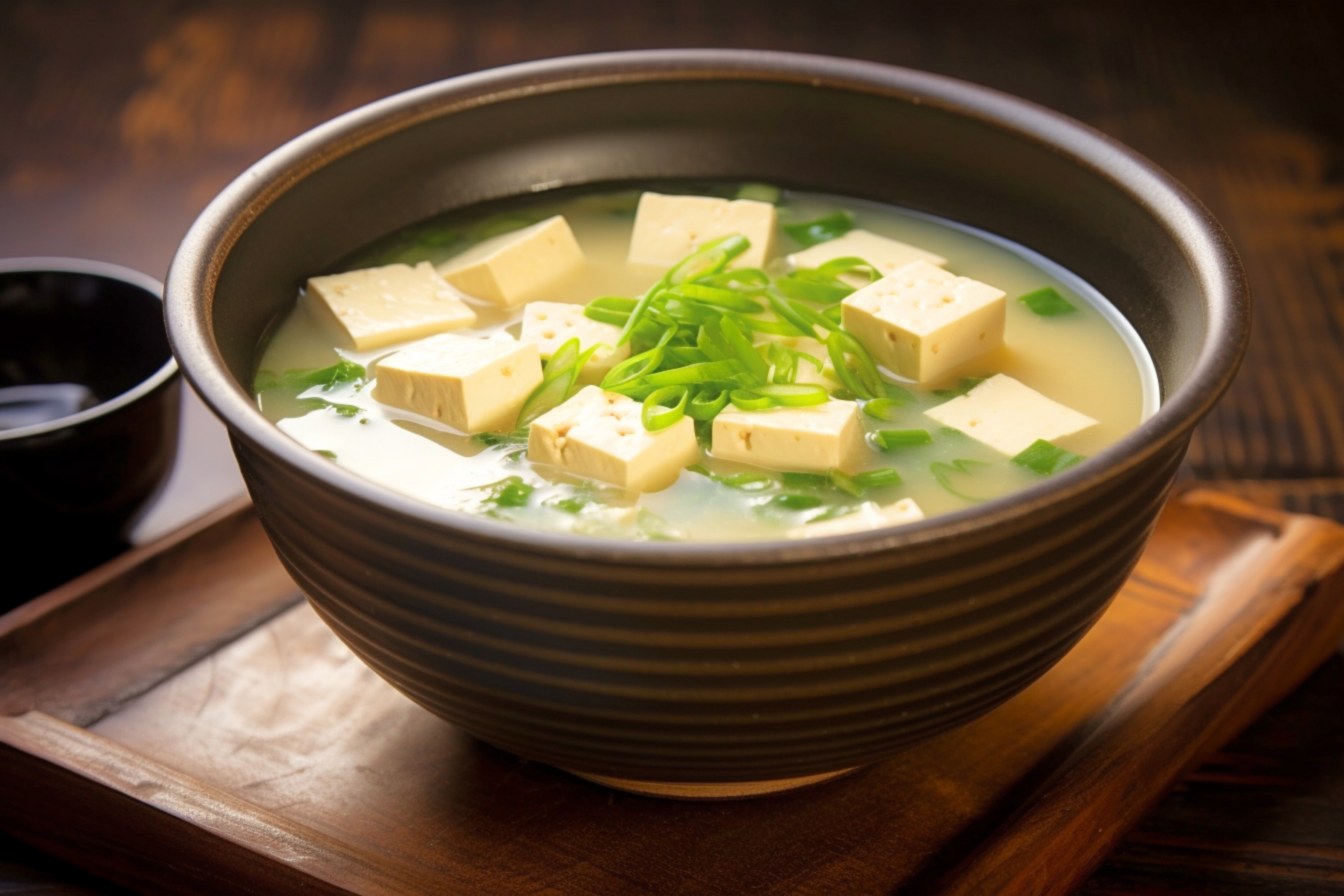
Understanding the Different Types of Miso Paste
Miso paste, made from fermented soybeans, comes in several varieties that influence the final taste of your soup. Here’s a breakdown:
| Type | Color | Flavor | Fermentation Time | Best Uses | Where to Buy (U.S.) |
| White Miso (Shiro Miso) | Pale yellow | Mild, sweet | Short | Light soups, kid-friendly versions | Whole Foods (Miso Master), Trader Joe’s |
| Yellow Miso (Shinshu Miso) | Golden beige | Mild to medium | Medium | Everyday miso soup | HMart, 365 Brand |
| Red Miso (Aka Miso) | Dark red-brown | Robust, salty, intense | Long | Winter soups, deeper umami dishes | Mitsuwa, Eden Foods |
White miso is a great starter choice for beginners and families, while red miso is ideal for those looking for depth and complexity. Yellow miso strikes a balance between the two.
What is Dashi? Traditional and Vegan Options
Dashi is the foundational broth of miso soup. Traditionally, it’s made with kombu (dried kelp) and katsuobushi (bonito flakes). However, vegan alternatives can be just as flavorful with the right balance.
| Type | Ingredients | Flavor Profile | Preparation Notes |
| Traditional Dashi | Kombu + Bonito flakes | Smoky, oceanic, deeply umami | Steep kombu in water, then add bonito, simmer briefly |
| Vegan Dashi | Kombu + Dried shiitake mushrooms | Earthy, savory, slightly sweet | Soak both in water overnight or simmer gently for 20–30 minutes |
Ratio tip: Use ~1 piece of kombu (5×5 inch) and 2–3 shiitake mushrooms per 4 cups of water.
Plant-based cooks can enjoy miso soup by using kombu-shiitake dashi, which still delivers plenty of umami without any animal products.
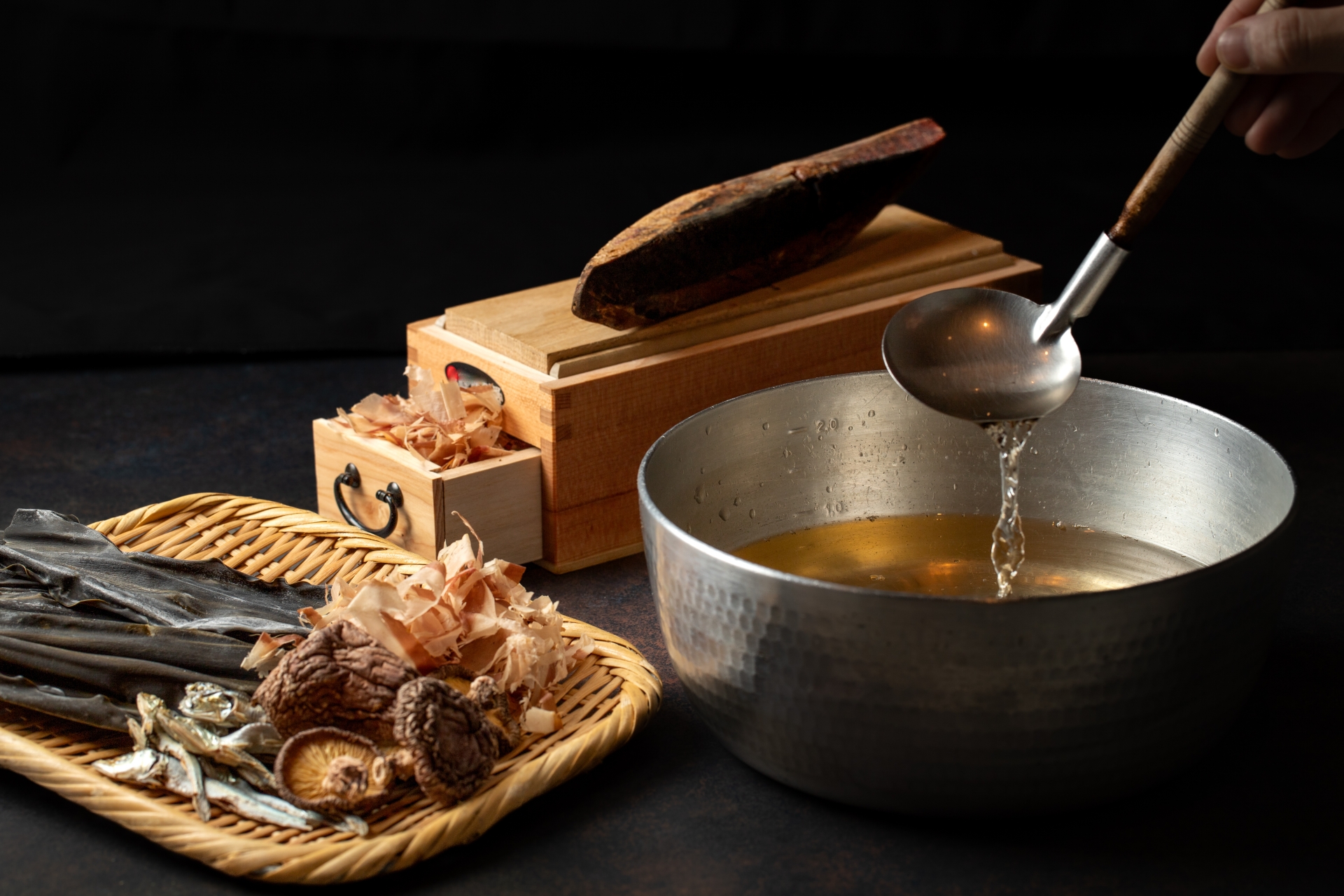
Popular and Creative Miso Soup Ingredients
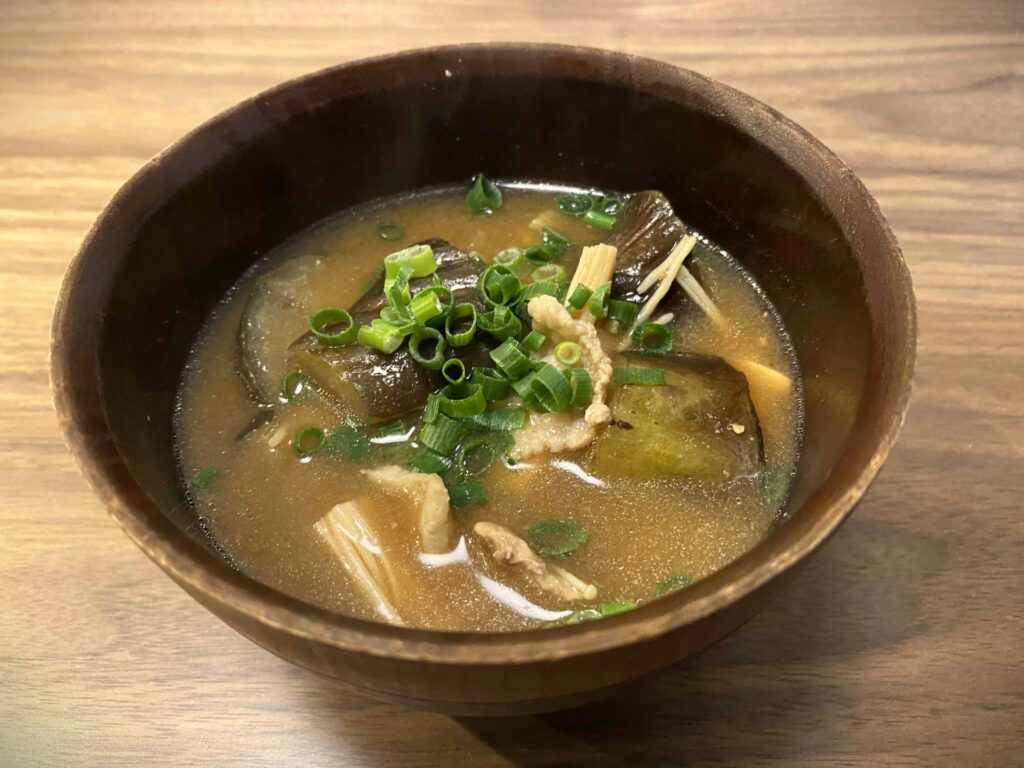
While the base remains consistent, the toppings are where miso soup becomes a canvas for creativity. Here’s a categorized list of popular and inventive ingredients:
Vegetables
| Type | Examples |
| Leafy Greens | Spinach, bok choy, napa cabbage |
| Root Veggies | Daikon, carrots, sweet potatoes |
| Other Veggies | Corn, zucchini, green beans, mushrooms |
Proteins
| Type | Examples |
| Soy-Based | Silken tofu, firm tofu, aburaage (fried tofu) |
| Legumes | Edamame, natto (for adventurous eaters) |
| Egg | Poached or beaten for a silky texture |
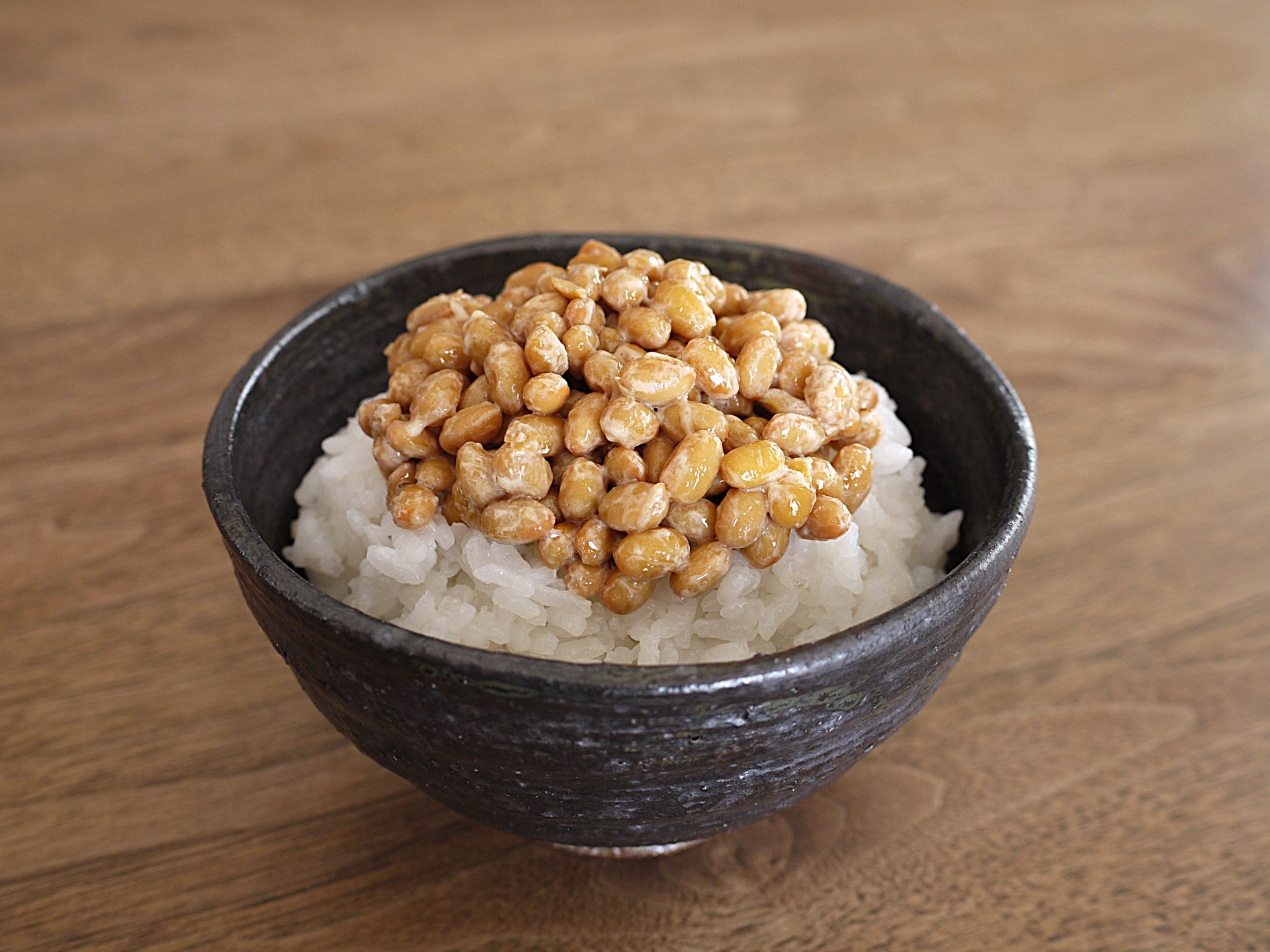
Add-ons
| Type | Examples |
| Noodles | Udon, soba, shirataki |
| Grains | Cooked rice, quinoa |
| Seaweed | Wakame, nori strips |
| Mushrooms | Enoki, shiitake, oyster |
Feel free to mix and match based on texture, flavor, and availability. Miso soup is forgiving and endlessly adaptable.
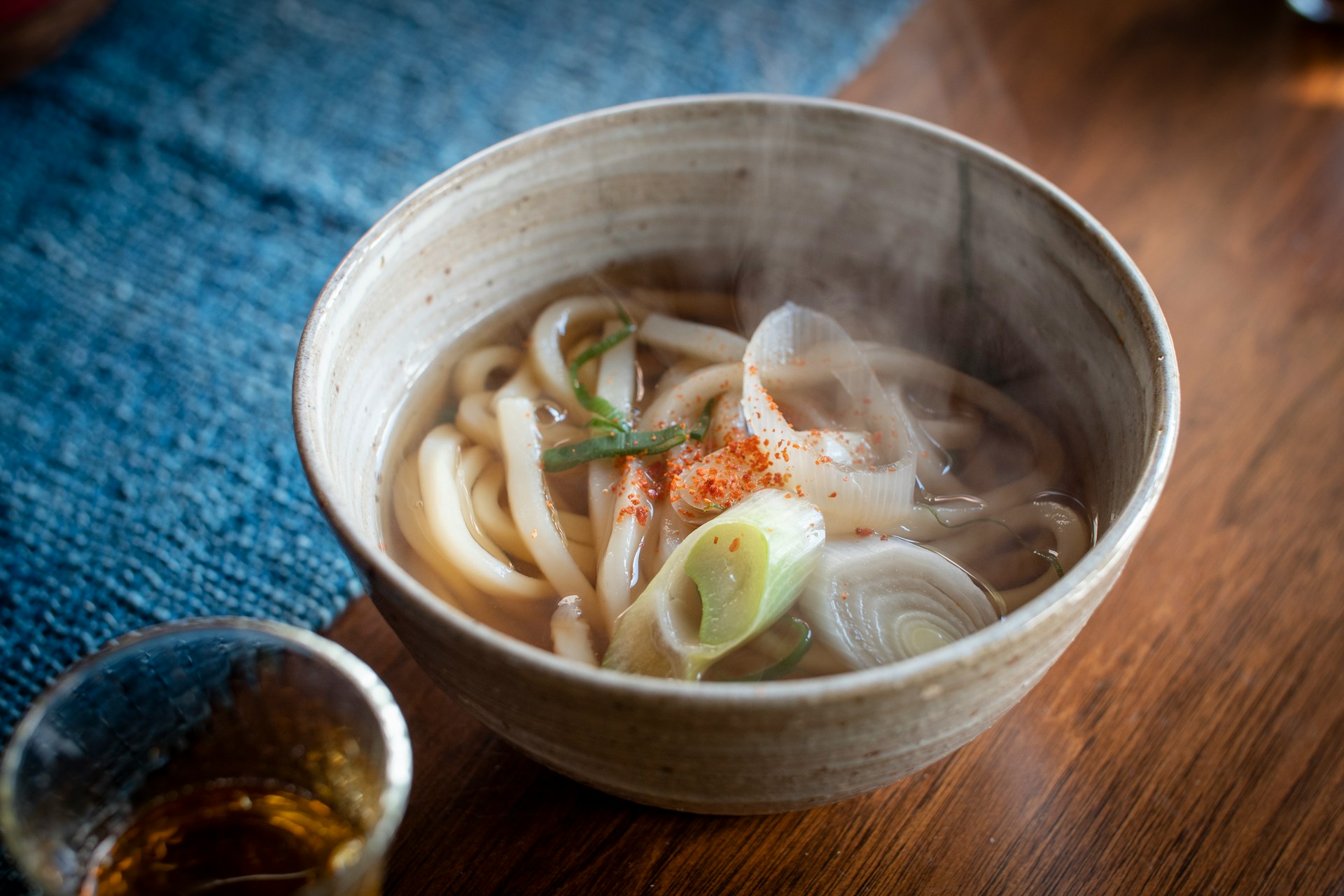
Seasonal Ingredient Ideas for Every Time of Year
Adding seasonal ingredients not only enhances flavor but also keeps your miso soup fresh and exciting throughout the year.
| Season | Ingredients | Where to Find |
| Spring | Asparagus, baby spinach, bamboo shoots | Farmers markets, Trader Joe’s |
| Summer | Corn, tomatoes, okra | Local farms, Whole Foods |
| Fall | Kabocha squash, shiitake, kale | Asian markets, organic grocers |
| Winter | Daikon, sweet potatoes, napa cabbage | HMart, winter CSA boxes |
Use seasonal produce as your inspiration when planning your weekly meals, and let miso soup reflect what’s fresh.
Grocery-Friendly Guide: Where to Find Ingredients in the U.S.
Here’s where to shop for authentic and accessible miso soup ingredients:
| Store | Miso Brands | Dashi Items | Other Highlights |
| Whole Foods | Miso Master, Hikari | Kombu, shiitake | Organic tofu, wakame |
| Trader Joe’s | TJ’s White Miso | Kombu (seasonal) | Edamame, pre-chopped veggies |
| Asian Grocery Chains (HMart, Mitsuwa) | Marukome, Amano | Bonito flakes, kombu | Fresh enoki, aburaage |
| Online (Amazon, Umami Insider) | Edo Miso, Muso | Vegan dashi packets | Japanese pantry staples |
Always check labels for additives and allergens, especially if following gluten-free or vegan diets.
How to Customize Miso Soup for Dietary Needs
Miso soup can fit into nearly any dietary lifestyle. Here’s how to make it work for you:
| Dietary Need | Adjustments | Product Suggestions |
| Vegan | Use kombu + shiitake dashi, avoid bonito flakes | Hikari Organic Miso, Mitoku Shiitake |
| Low-Sodium | Choose reduced-salt miso, increase veggie volume | Miso Master Reduced Sodium |
| Gluten-Free | Ensure miso is gluten-free (no barley or wheat) | Eden Foods Miso, South River Miso |
Adding more vegetables and diluting with water can also help lower sodium while increasing volume and nutrients.
Kid-Friendly & Beginner Variations
Introducing miso soup to kids or picky eaters? Try these gentle, familiar ingredient combinations:
- Soft tofu + corn + noodles: Mild, comforting, and sweet
- White miso + baby spinach + enoki mushrooms: Easy to slurp and flavorful
- Edamame + rice + carrots: A hearty option that feels like a complete meal
Let children participate by choosing toppings or helping to stir in the miso—it makes the experience more engaging and fun.
Final Tips for Making Delicious Miso Soup at Home
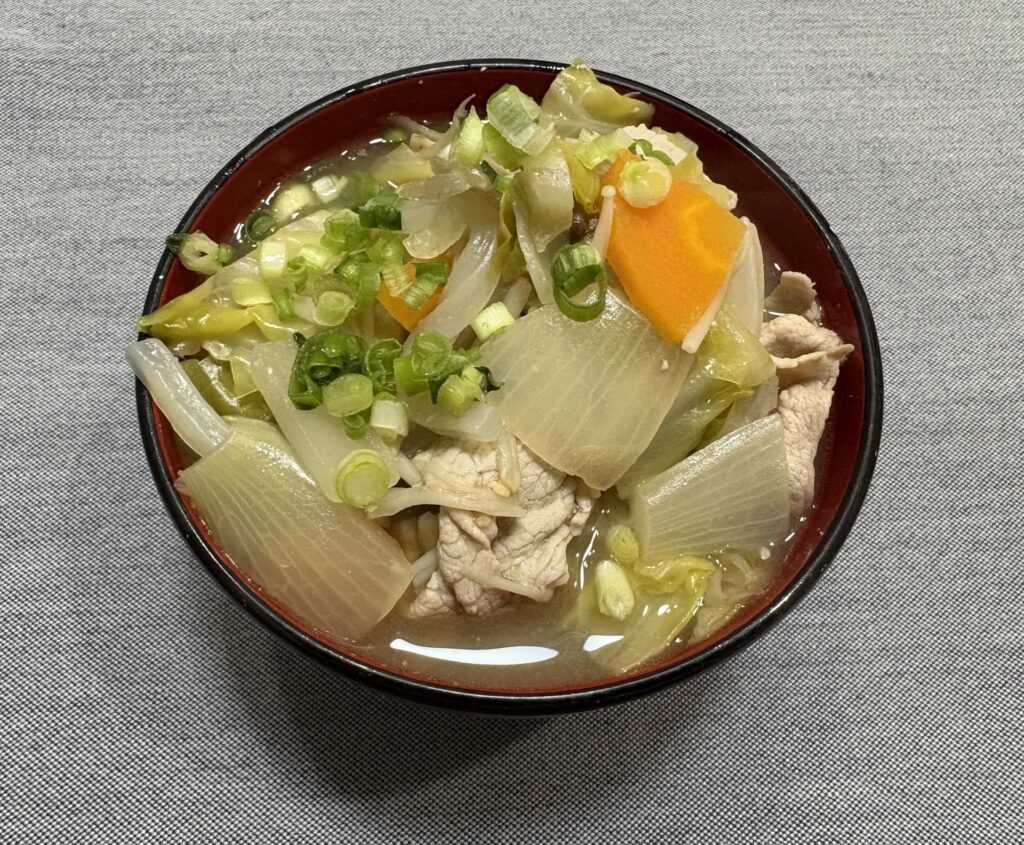
Mastering miso soup comes down to respecting the balance of flavor, temperature, and texture. Whether you’re a beginner or a seasoned home cook, these practical tips will help you make consistently delicious bowls:
- Never boil miso: High heat can destroy the delicate flavors and beneficial probiotics in miso paste. Always turn off the heat before stirring it in.
- Taste and adjust gradually: As a general rule, use 1 to 2 tablespoons of miso paste per 2 cups (480 ml) of dashi broth. Start with 1 tablespoon, dissolve it completely, and taste. Add more if needed to suit your palate.
- Balance textures: Combine soft ingredients like silken tofu or wakame with heartier ones like carrots or daikon to create a satisfying mouthfeel.
- Go seasonal: Let fresh, in-season vegetables inspire your combinations. Seasonal produce not only enhances flavor but also supports a healthy, varied diet.
Remember, miso soup is both an art and a science. It’s a deeply comforting dish that adapts to your preferences, lifestyle, and whatever you have in the fridge. Don’t be afraid to experiment—it’s the perfect soup for everyday creativity.
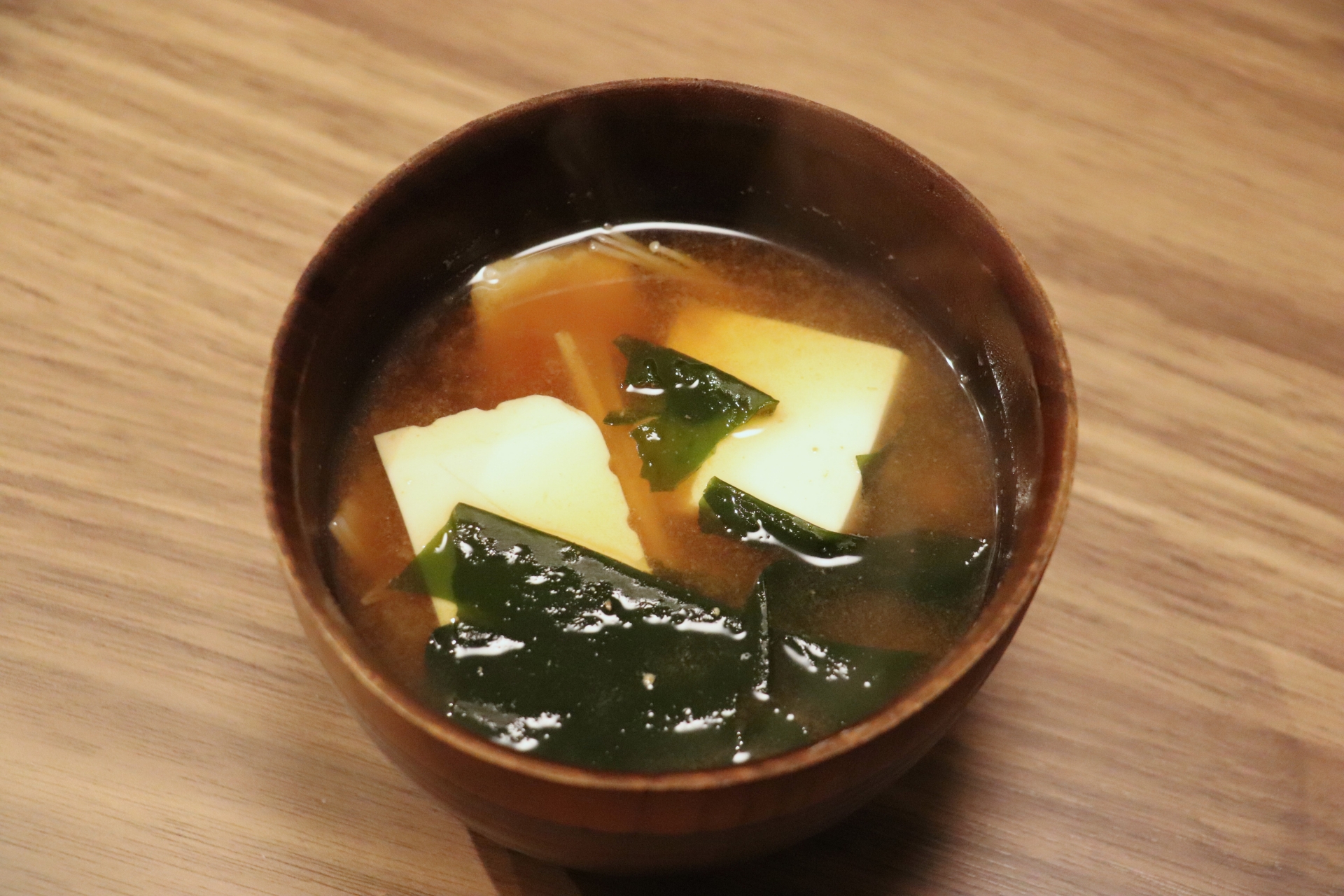
Conclusion: Bringing Miso Soup into Your Daily Life
Miso soup is more than just a side dish—it’s a wholesome, comforting, and adaptable part of your culinary toolkit. With just a few core ingredients, you can create an endless variety of nourishing soups tailored to your taste, diet, and seasonal produce.
Start with the basics—kombu, miso, tofu—and soon you’ll feel confident adding your own twists. Whether you’re cooking for kids, following a vegan lifestyle, or simply seeking a warming dish on a cold day, miso soup offers both tradition and creativity.

